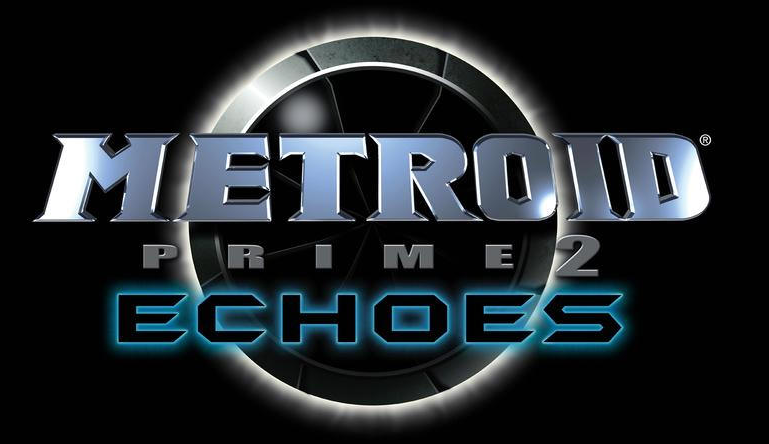
Context and explanation
L’objectif de ce projet était de créer un cours niveau ou une arène, pour un jeu au choix, en 3D.
Thus, it was needed to analyse the game's design, in order to establish the basis of the level, using what the player can and can't do.
Using this, a prototype was made, using drawings showing a first structure idea, along with an intent note.
Finally, the last part needed a 3D blocking, made with the ProBuilder tool, in order to showcase the level as it should be. The result must be a Unity build in which we can visit the level.
Creation's documents.
This first document contains the analysis of the game's structure.
It is separated in parts, corresponding to the most important concepts.
-They objectives are represented and showed to the player.
-The moving options. Those makes for a basic structural idea, pushing the game toward horizontality or verticality, movement or static, etc... depending on what the player can do.
-The enemies, their patterns, and how they spawn. A level is not though of in the same way for a pvp game (needing balance) or for a pve game, in which foes can be numerous but weak and/or stupids. In the same way, an enemy that can be seen when starting the room is not the same as one that spawn behind you.
-The weapons/attacks. Depending on the precision, the attack speed, the average area of effect, and the effective range, the level won't be though of in the same way. If the player can kill the enemies with a long range, the game needs to be very open, with covers, whereas a close combat game will either need a more cramped space, or enough movement options.
-The spawn points, items, and hp gain.
In order to balance the game's difficulty, it's crucial that we think about where the player's coming from, if it's a respawn or a starting point. Their position and the time between them will change the rhythm, difficulty, and stress of the game. In the same way, having more or less possibilities of healing oneself will completely change the difficulty of a section, by changing between some "pause times" or having a long way to go with a minimum margin of error.
-The rhythm. It's the types of sequences that the player will have to go through, and how they string themselves together. A pure action game will need a level design oriented toward the perfect combat flow, easily transitionning from one fight to the other, whereas a puzzle oriented game will ask for simpler designs, with a structure that helps thinking and understanding what the game wants.
-A misc notes part, for everything that's useful and wasn't present in the other parts.
This analysis should give a clear vision of the basis of the game and what we can do with it.
The first intent document. It contains the starting drawings, along with a basic explanation of the level and the progression.
Each drawing is an individual room, with texts explaining what's inside and how to go toward the next room.
This doc is both the basic idea of the work, and a mini walkthrough.
https://drive.google.com/open?id=1KTbXLXYbI8_SjJ1S6BQ_uP20r3QaSuLm
Finally, the blocking itself and the doc explaining the final result.
The doc contains details on how the level must be navigated through, and the legend about the content of the blocking, in order to understand what you see.
The build comes with a simple .txt file, containg the instructions on how to move the camera.